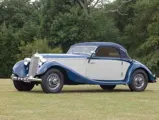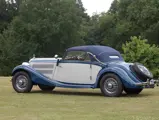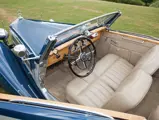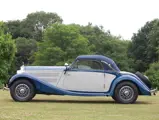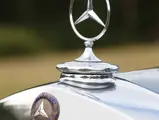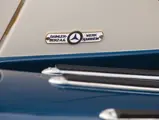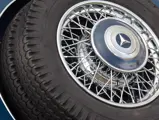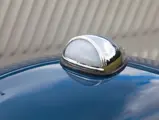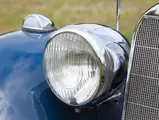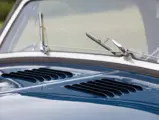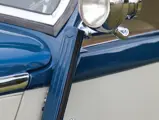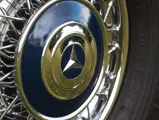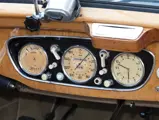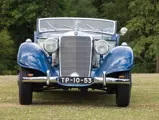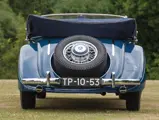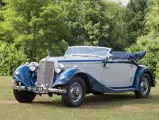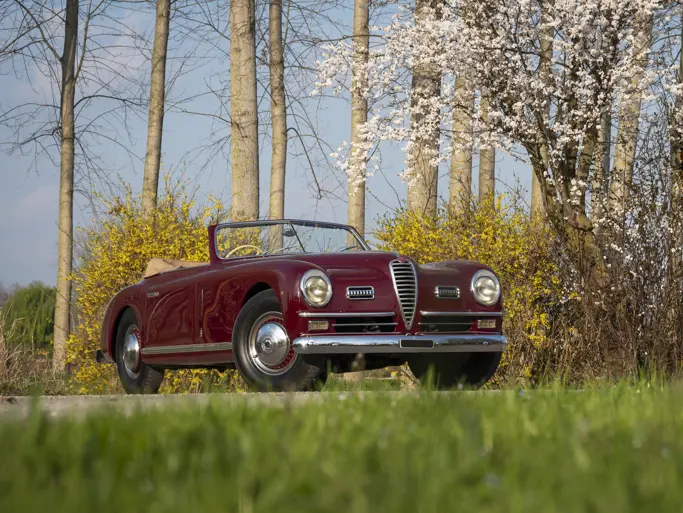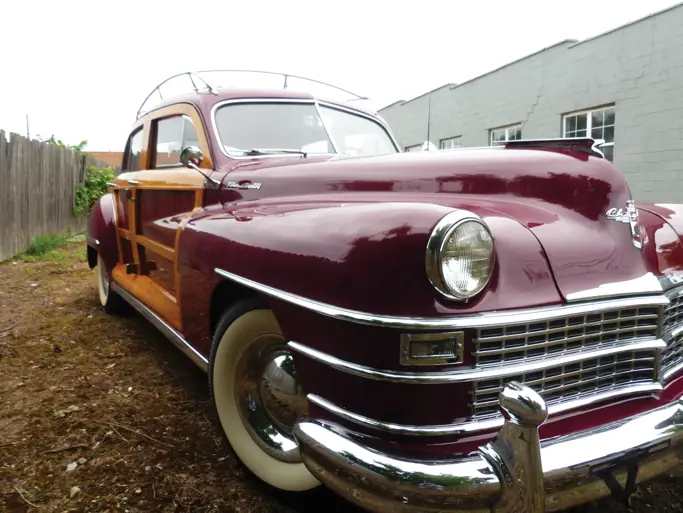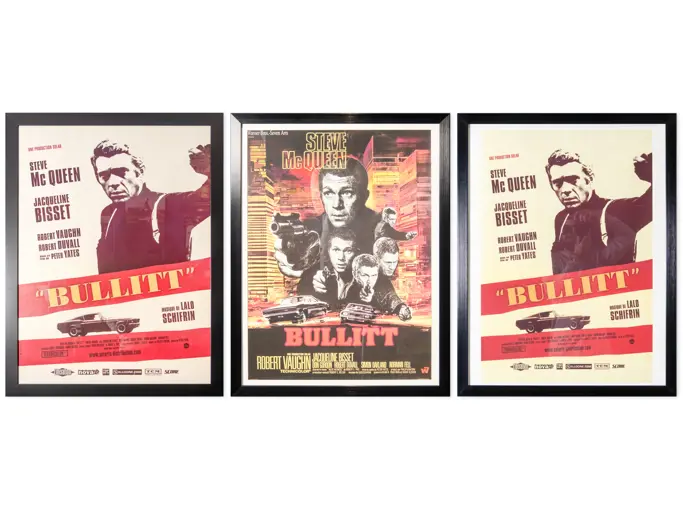London 2013
1939 Mercedes-Benz 320 Cabriolet A
Mercedes Collection
{{lr.item.text}}
£263,200 GBP | Sold
 | London, United Kingdom
| London, United Kingdom
{{internetCurrentBid}}
{{internetTimeLeft}}

77 bhp, 3,405 cc overhead-valve inline six-cylinder engine, four-speed manual transmission with overdrive, central transverse leaf-spring front suspension with coil springs, swing axle rear suspension, and four-wheel drum brakes. Wheelbase: 2,880 mm
Mercedes-Benz’s 320 of the late 1930s occupied the same position in the company’s hierarchy that the E-Class does today: it was a competent performance car without the sheer brawn and Teutonic force of the big eight-cylinder models, but it was still swift, luxuriously bodied, and elegantly appointed. The 320 showed that one had arrived in the world, but also that one was still careful about one’s money. Typical of Mercedes-Benz in this era, a wide variety of beautifully crafted body styles were made available, to suit virtually every taste and desire.
Perhaps most prominent amongst the sporting variations was the cabriolet A, which, like the contemporary 540 K, was a luxe two-door convertible that had a beautiful top that was constructed in typical German style and an interior that seated a pair of wealthy adults comfortably. The curve of the top complemented the 320’s raked-back radiator shell, flowing wings, and increasingly popular two-tone colour combinations, whilst the dual rear-mounted spares added a sporty flair. This was by far the most beautiful factory coachwork constructed on the 320, and its smaller chassis allowed for proportions that rivalled the car’s larger factory siblings.
The Cabriolet A offered here is badged as having been produced at the Daimler-Benz factory in Mannheim, and it shows under 4,000 kilometres, presumably since restoration. It is the ultimate W142 version, with the bigger 3.4-litre engine and the desirable overdrive. It is appointed in a beautiful, rich dark blue and dove grey, with a complementary blue canvas top that is headlined in beige cloth and beige leather upholstery. Trim is correct throughout, including Bosch headlamps, milk glass parking lights, a driver’s side spotlight, period aftermarket traffic signals, three wiper blades, and chrome wire wheels. Dual flag mounts behind the headlights provide a proper place to mount one’s yacht club burgees.
Peering within the car, one sees such fine details as a single jump seat behind the driver’s seat, which is suitable to hold one’s child or a third very uncomfortable adult. Lowering the shelf behind the jump seat reveals a fitted suitcase, ideal for the grand tour. Interestingly, the driver has his or her own bucket seat, with a wider seat supplied alongside for the passenger. The interior is trimmed in light blonde woodwork, which surrounds very nicely restored gauges. A three-pointed star atop the gearshift knob is a distinctive touch.
The upholstery, tan carpeting piped in tan leather, and door panels, as well as the wood trim, is all in very good condition, with the wood appearing to have been refinished more recently. The paintwork could use some selective refinishing, the chrome trim has light pitting and polish marks throughout, and the radiator shell could perhaps be in need of re-plating. In addition, the top shows light wear from having been folded with the top irons. A thorough detailing and adjustment of panels would take care of many of the minor issues found throughout the car, which could be toured or shown locally with ease.
Overall, this is an elegantly appointed, gorgeous design on Mercedes-Benz’s “achievable” luxury car of this period, and it is ready to be re-commissioned for touring enjoyment in the finest German style.

